In April 1945, elements of Patton’s Third Army arrived at the home of the von Hessen family in Kassel, Schloss Friedrichshof, more commonly referred to as Kronberg Castle. Princess Margarethe was living in a cottage on the grounds, and Christoph’s wife, Princess Sophia and her four children along with Philipp’s children and other family members were living in the main home. Told to pack within four hours and leave, they were only allowed to take food, clothing, and a few personal items. The family fled, believing they had left some of their most valuable possessions well hidden.
Throughout 1943-1944, bombings in the Frankfurt area had increased in frequency, and the von Hessen family and their homes had not escaped loss. As the bombings worsened, Wolfgang gathered the family, and a decision was made to safeguard a large collection of family jewels. With pieces gifted by the likes of Queen Victoria and inherited from German Kaisers, the collection of family jewels was worth a fortune. The jewels had been deposited at several banks in Frankfurt for safekeeping, but the worsening bombing raids threatened their loss.
The family brought their most prized pieces to Wolfgang, who along with the estate manager Heinrich Lange, packaged the items neatly, creating an inventory for each package. One remained with the items; another went with Lange for safekeeping. Gathered with the valuable tiaras, necklaces, and bracelets made of diamonds, sapphires, rubies and other valuable gems were other priceless family heirlooms and pieces such as gold cutlery, family bibles, valuable snuff boxes, and the like. All of the parcels were put into a zinc-lined wooden box. The waterproof lining was soldered shut and a top put onto the box.
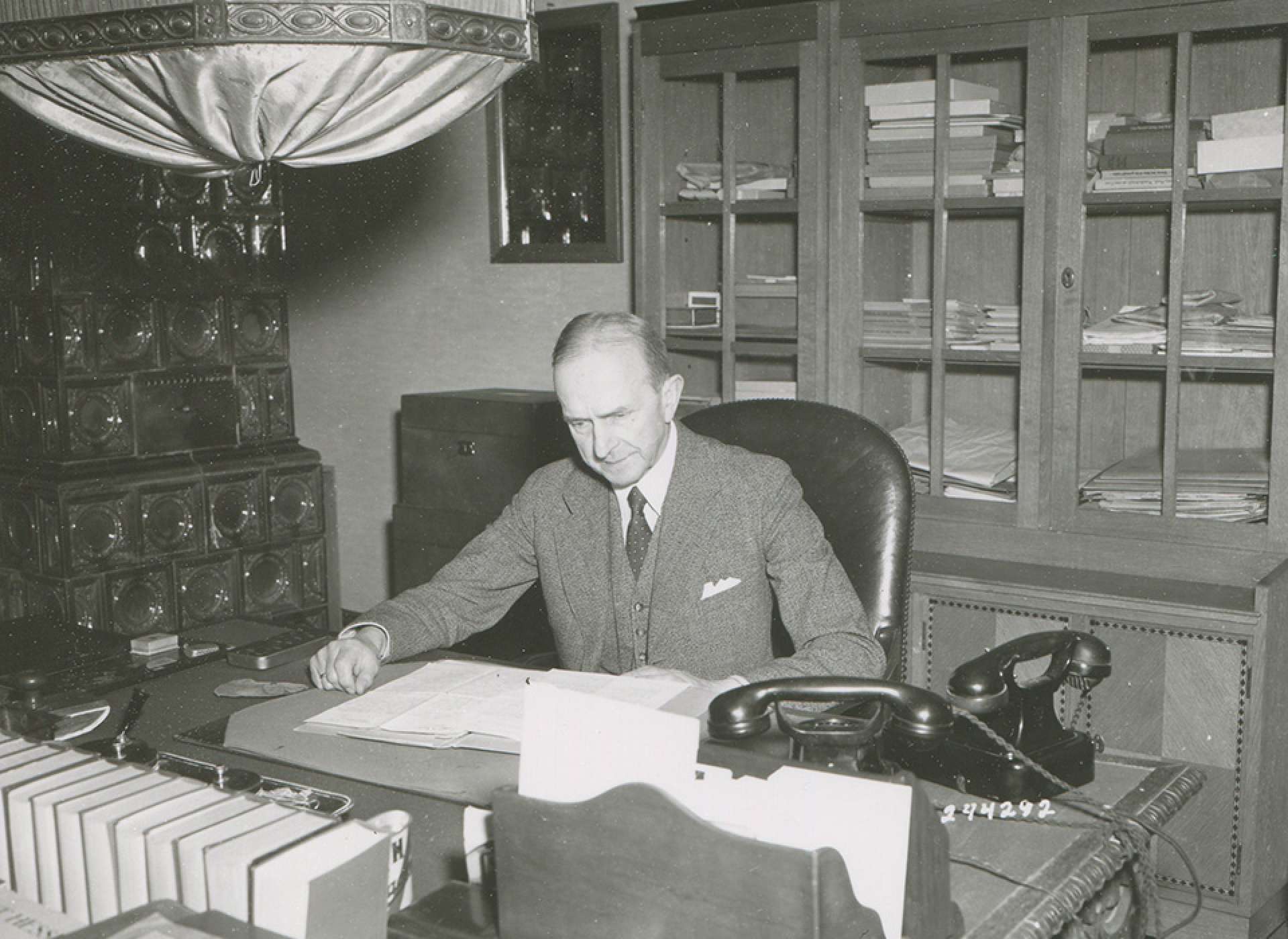
Heinrich Lange at his desk. Lange was the longtime manager of the von Hessen estates and business. Signal Corps Photo from the National Archives.
In the basement of Kronberg Castle, staff dug a hole in the ground, buried the box, and covered the spot with cement. A false wall was then built to hide the area in which the box was buried. The family was convinced of the safety of their priceless pieces.
After the Hessen family left, their estate became an officer’s club for use by the US Army. The beautiful castle and grounds were a perfect place for officers to get a little R&R, and offered outdoor activities, lodging, and dining. No doubt for many of the officers, the castle was the most opulent residence they had ever seen. The 100-room castle was full of lavish furnishings, gifts from Kaisers, Tsars, and Queens, even a collection of letters between Queen Victoria and her daughter Victoria. In June, it was all turned over to the care of WAC (Women’s Army Corps) officer, Captain Kathleen Nash.
-

US Army Officers practice archery on the ground of Kronberg Castle. The National WWII Museum, Gift in Memory of Robert John McNary Smith, 2011.168.489.
-

The great hall at Kronberg Castle. On the wall is a 16th century Gobelin tapestry. Such ornate items were found throughout the castle and left in place. Signal Corps photo from the National Archives.
Nash, born in Wisconsin in 1902, had been living with her husband and two older teenage children in Arizona. In 1940, she divorced her husband, and, two years later, lied about her age and joined the WAACs (Women’s Army Auxiliary Corps). On June 15, 1945, she was literally given the keys to the castle as the officer of the mess section at the club. Nash was given the authority to use household items as needed and was charged with the safekeeping of the contents of the castle. An inventory, though not complete, had been taken, and dozens of desks, chairs, and other furniture had already been officially removed for use elsewhere by Army personnel.
Within the first week, a painting by Peter Paul Rubens and a sculpted marble hand went missing. Distraught, Nash went to authorities and an investigation was launched by the Army’s CID (Criminal Investigation Division). In response to the theft, a check-in desk was set up and one of the original servants of the house was always situated by the door to watch for theft. But the officers were undeterred, and small items continued to go missing as everyone wanted some sort of souvenir to take home.
By November 1945, Nash was running a successful officer’s club, and had begun to hear rumors about buried treasure. Her assistant informed her that a German mentioned he knew where valuables were buried. Curiosity got the better of them, and Nash allowed her assistant to search the castle. Finding the false wall, the assistant broke into it with a sledgehammer, behind which was the area where the box of jewels had been buried. The stories vary as to whether Nash ordered the cement patch investigated or if the box was found and brought to her attention. Regardless, the box was found, and Nash knew. The fate of the items inside was sealed.
There, in her room, Nash opened the neatly wrapped packages containing the most valuable jewels belonging to the Hessens. She immediately called an officer whom she had befriended, Colonel Jack Durant. Durant was an Army Air Forces staff officer who had spent the war in Washington DC. He was assigned as the executive officer to the deputy chief of staff of US Army Air Forces in August 1945, and finally made it to Europe. Durant then brought his assistant into the loop, Major David Watson. Watson was a quartermaster officer who had been assigned to SHAEF (Supreme Headquarters Allied Expeditionary Forces) and had been personally presented with the Bronze Star by General Dwight D. Eisenhower. The three began to spend more time together, and stories of drinking binges became “local legend.”
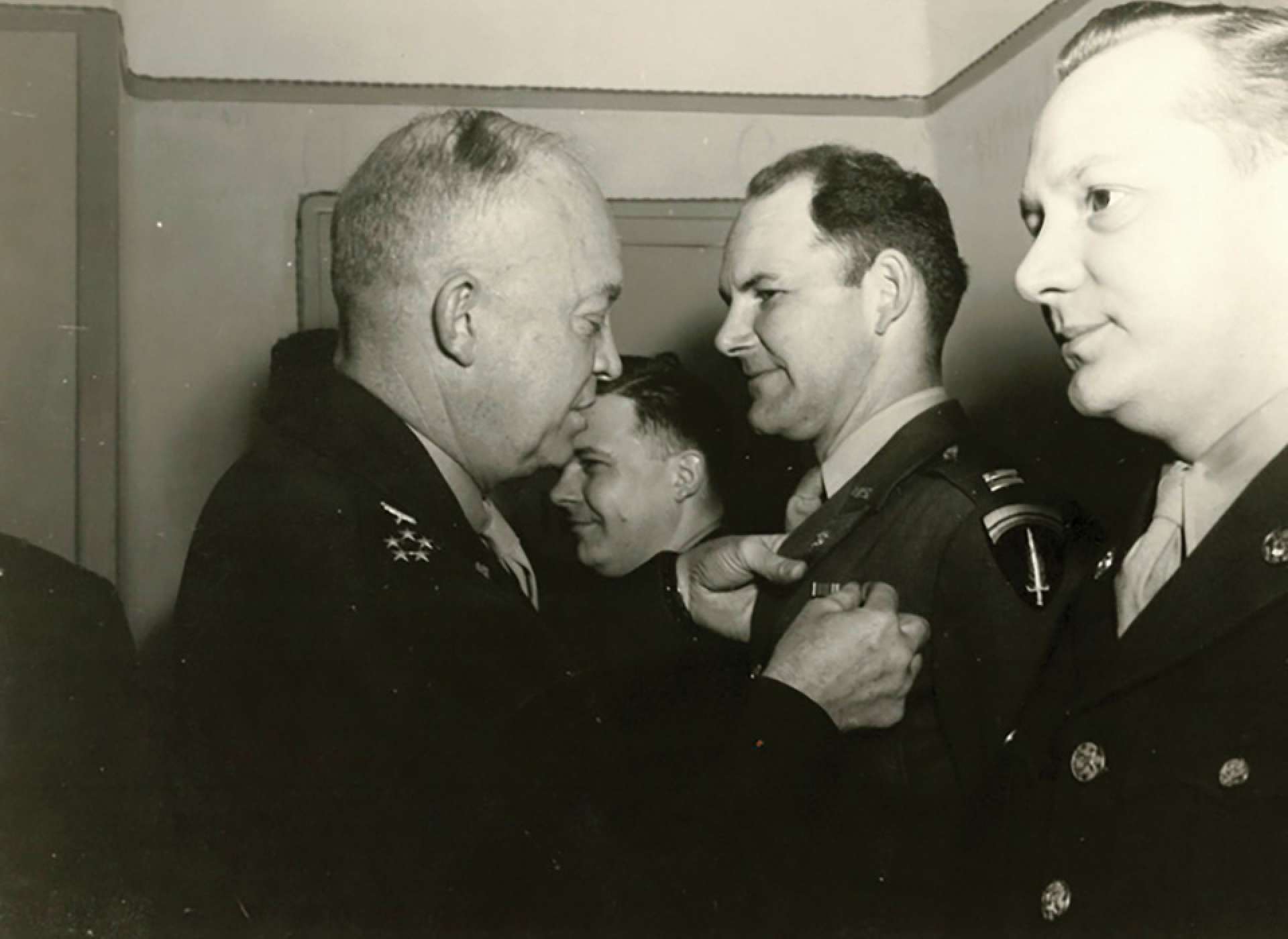
General Dwight D. Eisenhower pins a Bronze Star medal on the jacket of then-captain David Watson. Signal Corps photo from the National Archives.
With the unimaginable treasures in hand, the trio began to discuss how to get items home. They could not simply take them home with them, it would be too obvious and the risk of getting caught was too likely. So, the three settled on several methods. They took many of the stones out of their settings and sold the gold, silver, and platinum settings here and there. Larger gems were sold solo, smaller ones in batches. Watson traveled to Northern Ireland several times to sell gems and metals, giving some baubles to a girlfriend there to keep. Nash and Durant traveled across Switzerland on at least one occasion, selling gems and settings where they could. Though they unloaded a fair amount, not all of the gems were sold in Europe.
Other items, which seemed less conspicuous, were sent via Army post. Watson sent a silver pitcher to his mother while Nash mailed a gold cutlery set to her sister in Wisconsin. Durant was able to send some items in diplomatic pouches, avoiding searches. Many items were sent to his brother in Virginia. In all, an estimated 30 boxes were shipped to the states between the three.
Over the next several months, and into 1946, the three continued to sell off gems and metal scraps here and there, amassing quite a decent amount of cash. No doubt they were riding high, assuming they were “getting away with it.” In February 1946, Nash received orders to return to the United States. She was to be separated from the Army, as her enlistment was up. Durant returned to the United States on 30 days leave in March, taking more loot with him. His orders allowed him to circumvent having baggage inspected. However, unbeknownst to the trio, an investigation had already been launched into the disappearance of the jewels.
The day after the treasure was found, one of the original house staff reported the news to longtime manager of the estate, Heinrich Lange, who promptly informed Princess Margarethe of the removal of the jewels. She asked Lange to get a statement from Nash acknowledging the box had been found and a date upon which the items would be returned to the family. Nash refused to meet with the princess or give more information than a hollow promise the jewels would still be there when the family got the castle back.
In January 1946, as Nash, Durant, and Watson continued selling off gemstones and precious metals, Princess Sophia was preparing for her second wedding. Nash declined all requests from Sophie to meet and return her jewels. So, the Hessens contacted the US Army office responsible for protecting German cultural and historic artifacts and asked for an investigation to be launched. When they were slow to act, Princess Sophia went straight to the Criminal Investigation Division in April and asked them to investigate. She was convinced by this point that the jewels had been stolen.
The Hesse Heist: The Accused Are Tried
Back in the United States, Durant was on leave on the East Coast, trying to either sell or hide everything he had brought back. It was difficult to sell gems without paperwork, but Durant managed to unload several large ones, using a fake name at times.
This article is part of a series commemorating the 75th anniversary of the end of World War II made possible by the Department of Defense.
Kali Martin
Kali Martin is a former Research Historian of The National WWII Museum's Jenny Craig Institute for the Study of War and Democracy.
Cite this article:
MLA Citation:
APA Citation:
Chicago Style Citation:
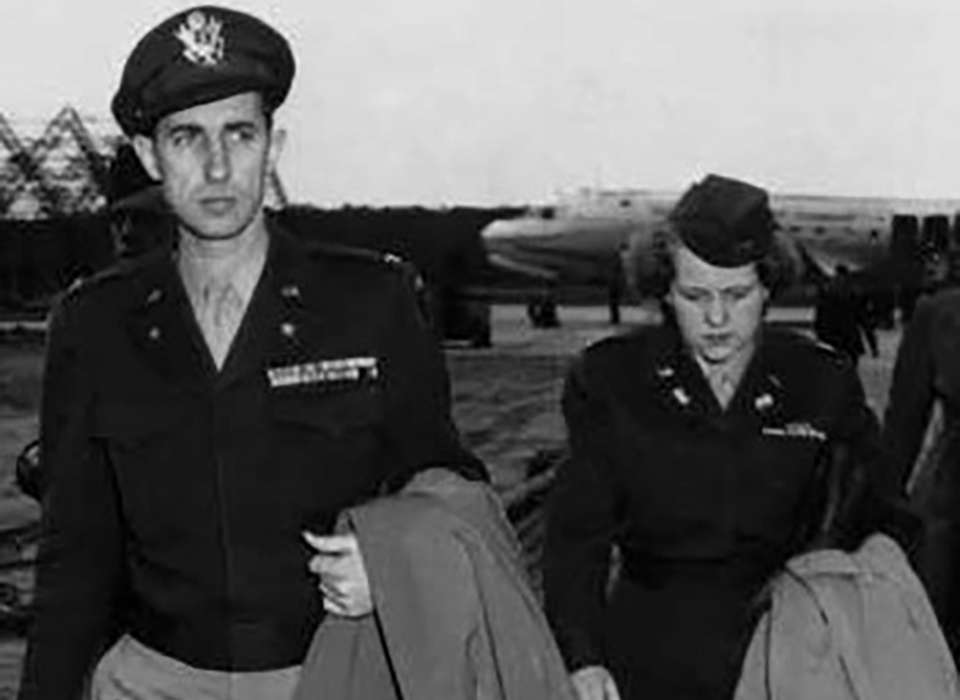
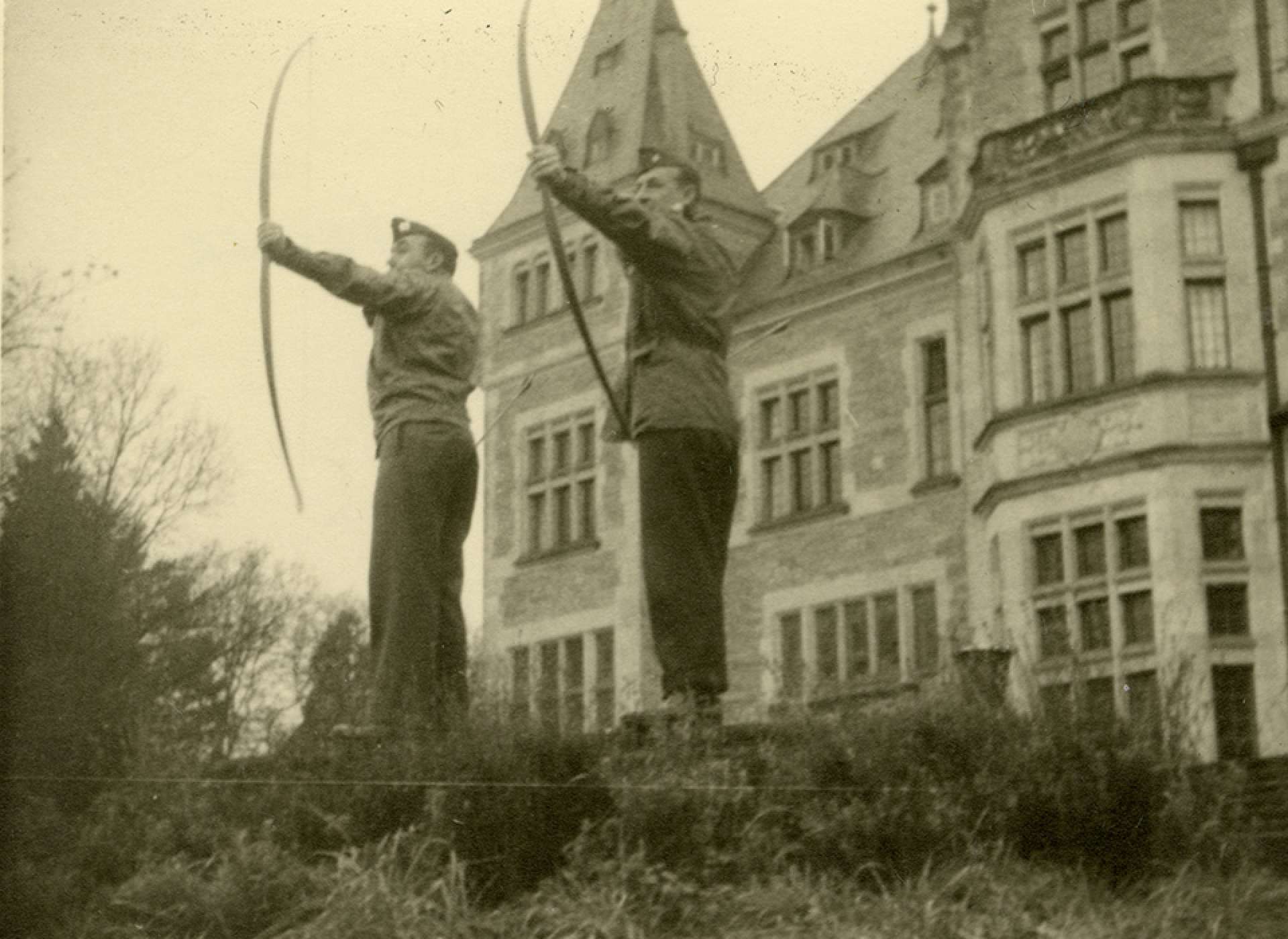
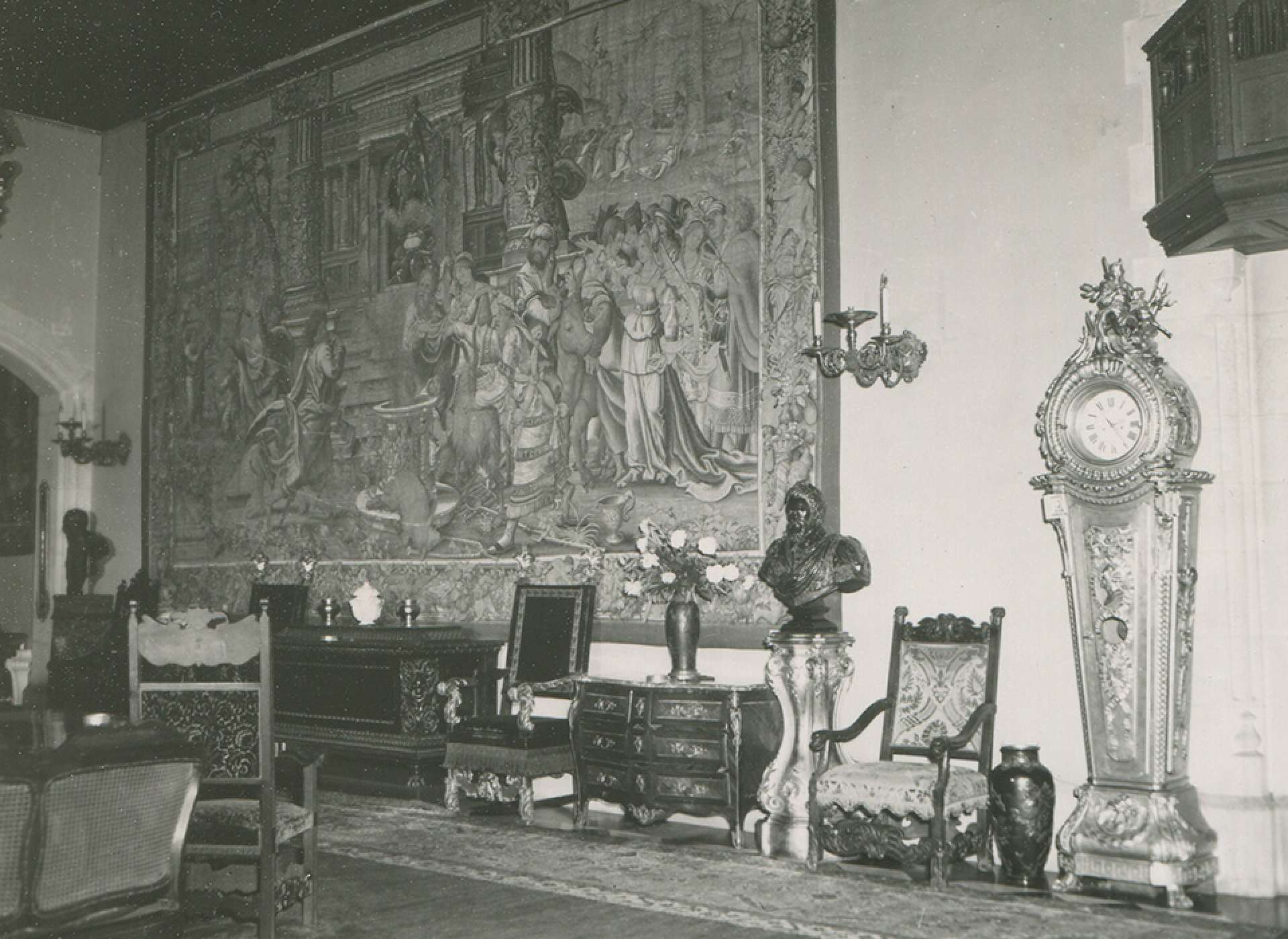
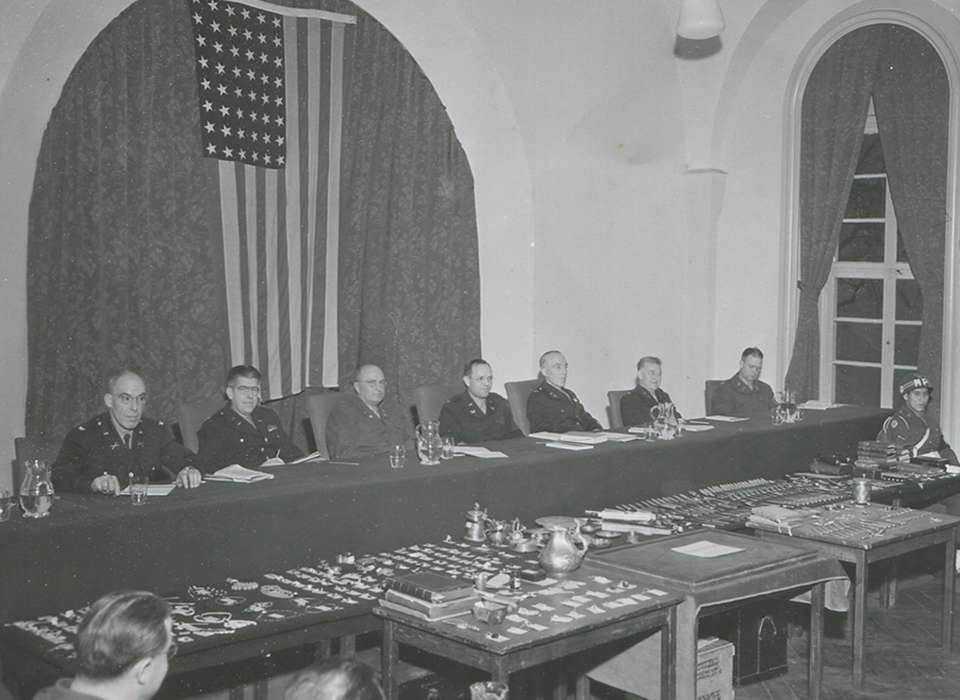
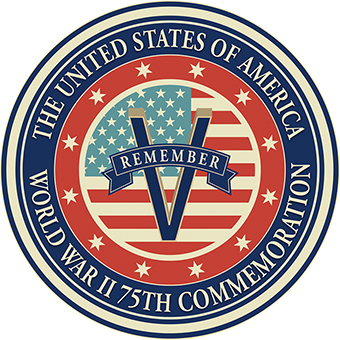

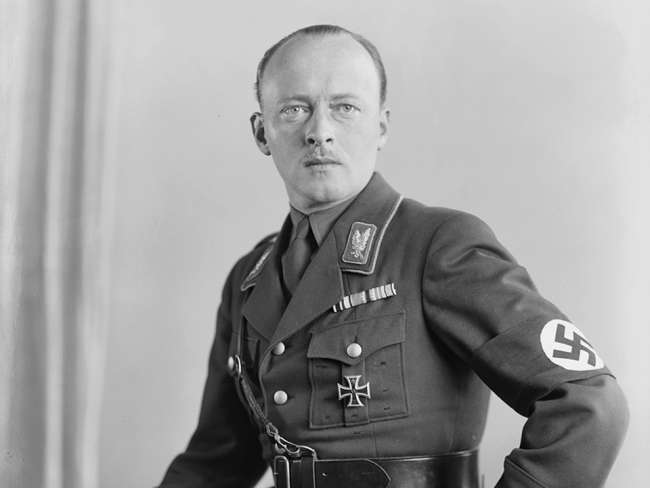
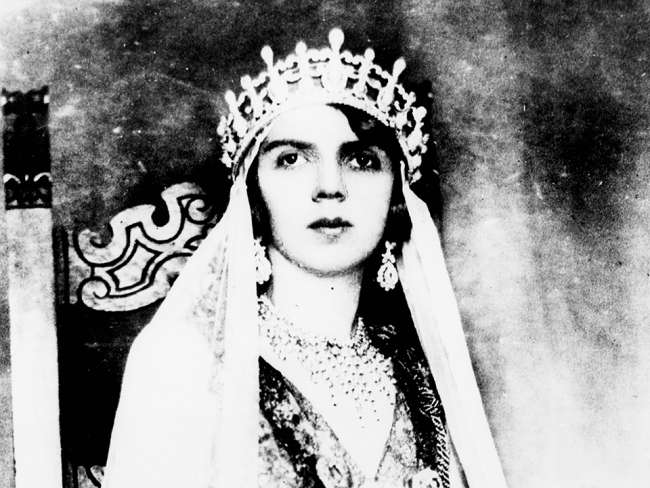



![Max Fuchs, New York City cantor, sings as Rabbi Sydney [sic] Lefkowitz, Richmond, VA, conducts the first Jewish services from Germany.](/sites/default/files/styles/max_650x650/public/2025-10/image1.jpg)



